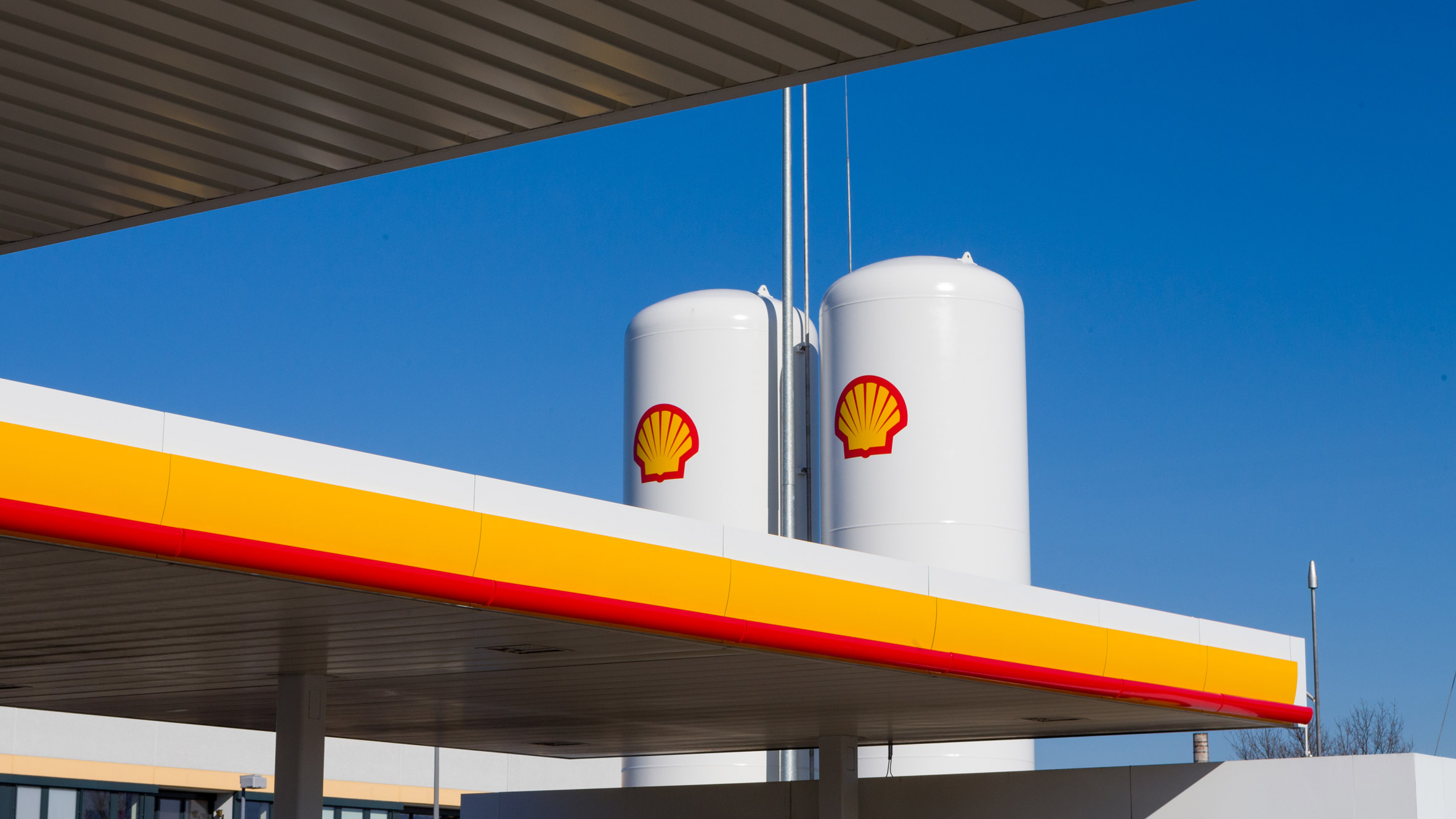Oil giant Shell’s Quest plant has been designed to capture carbon emissions from oil sands operations and store them underground to reduce carbon emissions. However, according to a recent study by the human rights organization Global Witness, the facility emits more greenhouse gas emissions than it captures.
Since 2015, it has prevented the release of 5 million tons of carbon dioxide into the atmosphere, but it has also released a further 7.5 million tons.
The plant is a part of Shell’s Scotford refinery in Alberta, Canada. Quest was billed as the world’s first commercial-scale carbon capture and storage (CCS) system at an oil sands operation when it was first developed, but it does not cover the whole site’s emissions.
A Shell representative told CNBC in an email that Global Witness’ study was “simply wrong” and that the Quest facility was designed to capture roughly a third of CO2 emissions.
Global Witness stated that the findings are expected to deliver a “serious blow” to fossil hydrogen proponents which are pushing for more public funds to support its use. In this case, $654 million of the $1 billion costs of Shell’s Quest facility reportedly came from Canadian government subsidies.
Meanwhile, Shell has refuted that it overstated Quest’s potential, claiming that Global Witness is “comparing apples with pears.”
“Our Quest facility was designed some years ago as a demonstration project to prove the underlying CCS concept while capturing around a third of CO2 emissions. It is not a hydrogen production facility,” the Shell spokesperson told CNBC. “The hydrogen projects we’re planning – like Polaris – will use a new technology that captures more than 90 percent of emissions.”

Carbon capture and storage is a relatively new initiative that the Big Oil and Big Tech hope will help them survive in the new net-zero economy. However, the net emissions are not decreasing.
Hundreds of academics and scientists recently wrote a letter to Finance Minister and Deputy Prime Minister Chrystia Freeland and other ministers, urging Justin Trudeau’s government not to reward companies that use carbon capture technology.
“We are deeply concerned with the government’s proposal to introduce a new investment tax credit for carbon capture, utilization, and storage,” they wrote, citing the technology’s “limited potential” to reduce emissions significantly. “At best, it prevents some carbon dioxide from polluting facilities from reaching the atmosphere, but it is not a negative emissions technology.”
The experts argued that funding such efforts “diverts resources from proven, more cost-effective solutions”, and that governments should instead focus efforts on renewable energy infrastructure and electrification.


